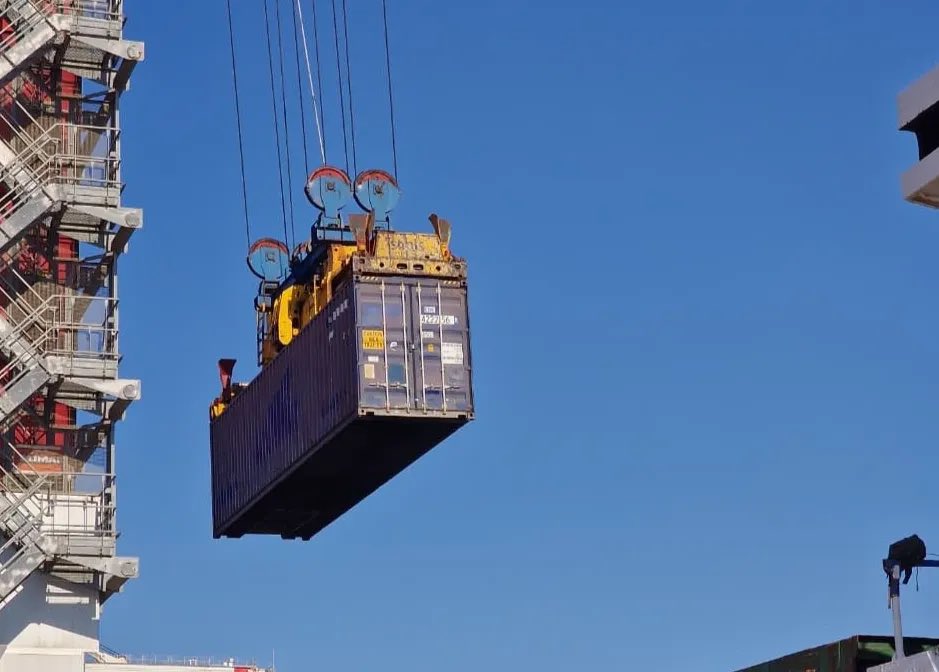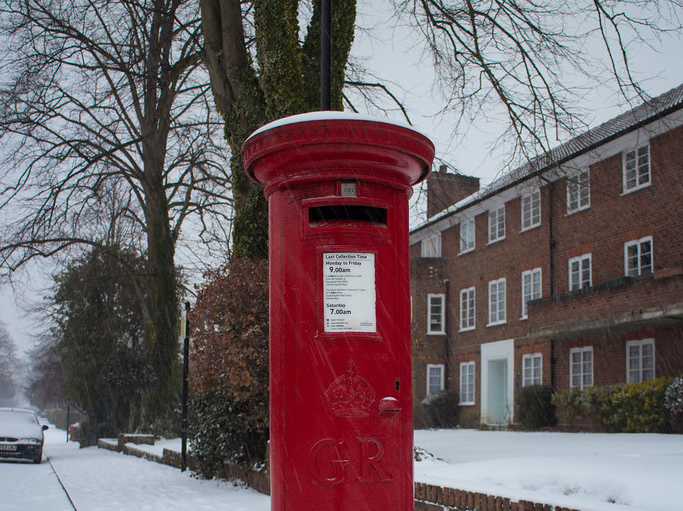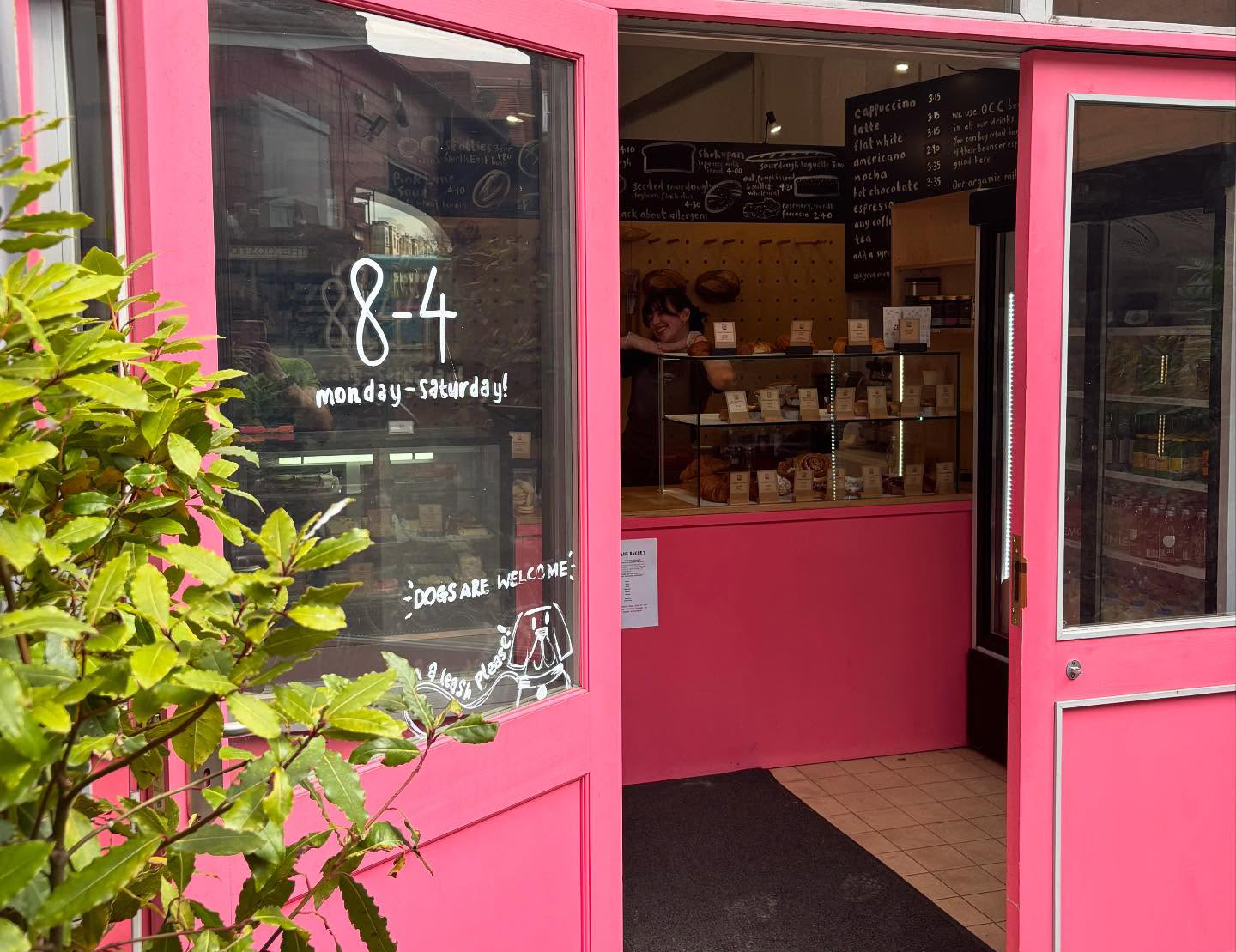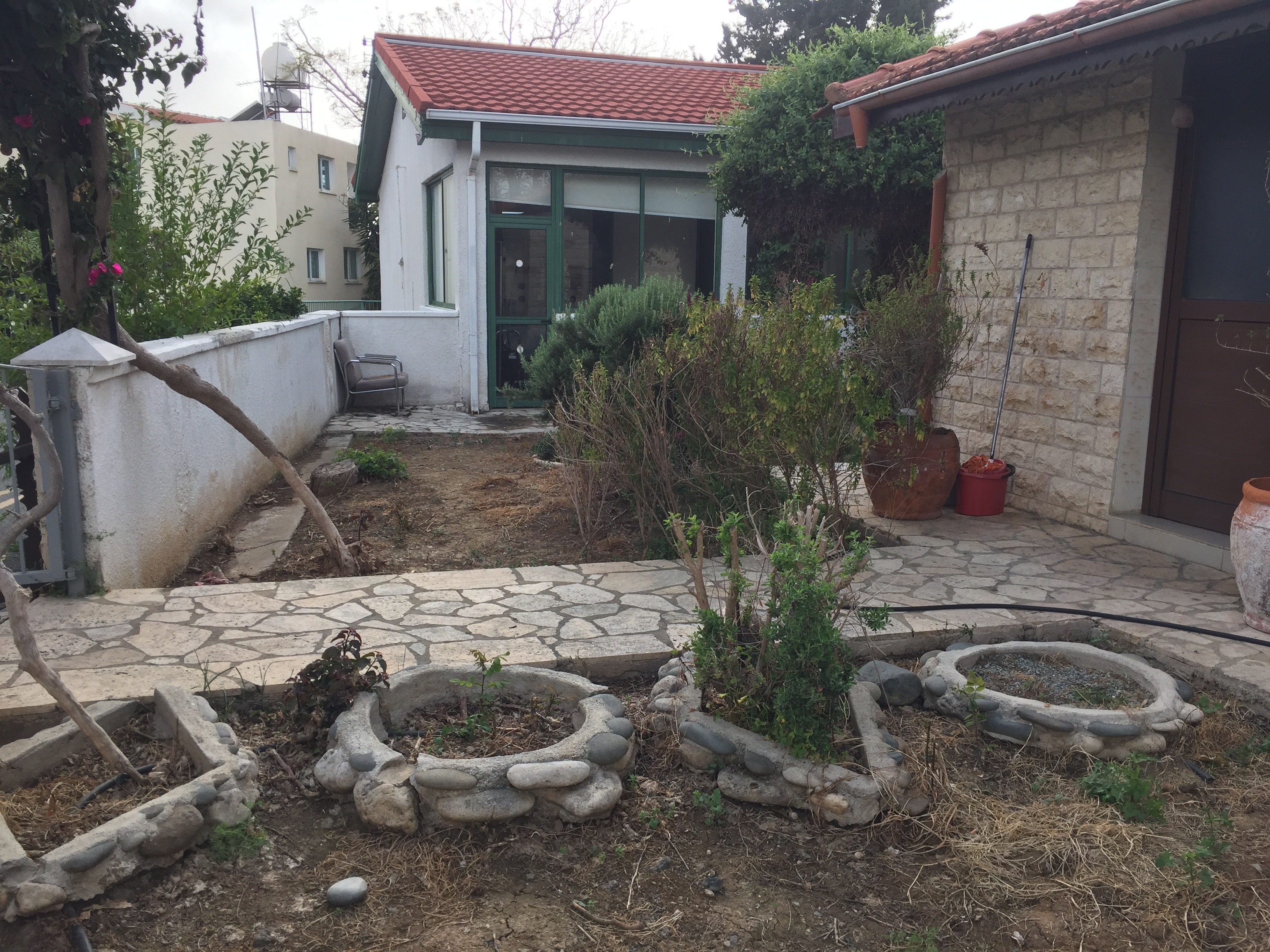The 1,200 tonnes of humanitarian aid which arrived at the Israeli port of Ashdod last week after having been sent from Cyprus earlier in the month has arrived in the Gaza strip and is being distributed to those in need, United Nations office for project service (Unops) executive director Jorge Moreira da Silva said on Friday.
He confirmed in a social media post that the aid has been arriving in Gaza “over the past days” and that it is now “under distribution”, before adding his thanks to both the Cypriot foreign ministry and that of the United Arab Emirates “for this partnership to fast track aid to families in need”.
Last week, presidential press office director Victor Papadopoulos had told the Cyprus Mail that the government is “undertaking efforts” to bring about another shipment of aid to Gaza.
The arrival of the shipment comes as debate over the matter of the ongoing situation in Gaza heats up inside the European Union, with the European Commission on Friday moving to distance itself from remarks made by its own executive vice president Teresa Ribera, who had on Thursday described Israel’s actions in the strip as a genocide.
“It’s not up to the commission to judge on this question and definition, but really for the courts,” commission spokesperson Paula Pinho said, adding that the college of commissioners – the group of 27 European commissioners which acts as the EU’s cabinet – has not made a decision on the matter.
Meanwhile, Israeli military strike on a hospital had last week killed at least 20 people, including journalists who worked for Reuters, the Associated Press, and Al Jazeera, among other outlets.
“We know that the Israeli army has announced that there will be an inquiry. This incident and the killing of all civilians, including journalists, must be thoroughly and independently investigated, and justice must follow,” he said.
The arrival of aid this week is a high point in what has been a mixed history for the “Amalthea plan”, the name given to Cyprus’ humanitarian aid corridor to Gaza.
Sigrid Kaag, for example, then UN senior humanitarian and reconstruction coordinator for Gaza, and now the UN’s special coordinator for the Middle East peace process, said last year that the Amalthea project could “never be a substitute” for aid deliveries made by land.
Previously, aid had also arrived in Gaza from Cyprus via a temporary jetty attached to the coast of Gaza, which was built and financed by the United States government of the day, though this also faced sundry problems.
The jetty was installed in May last year, but was only operable for 12 days before being permanently removed two months later.
It had broken apart during high winds, with four US army vessels which were holding it in place being washed up on a beach near Ashkelon, an Israeli town located between the Ashdod and Gaza.
It was taken to Ashdod for repairs before being reattached in early June, but was then removed on two further occasions as officials feared that conditions would lead to it breaking apart again.
In addition to its structural difficulties, the jetty was also impacted by problems regarding delivery after the UN World Food Programme (WFP) in June last year suspended its operations related to the jetty following an Israeli military operation in the area which reportedly killed over 200 Palestinians.
However, Priti Patel, the United Kingdom’s current shadow foreign secretary and former international development secretary, saw the benefits in the jetty and even suggested earlier this week that a new jetty be constructed and attached to the coast of Gaza.
She asked then foreign secretary David Lammy whether he was “considering schemes similar to those implemented by the conservative government, such as the floating piers that, working with the United States and Cyprus, we put in place off the coast of Gaza to get aid in”.
As shadow foreign secretary, Patel is the most prominent voice in the UK’s political opposition on the matter of foreign affairs, with her Conservative party having been voted out of office last year.







Click here to change your cookie preferences